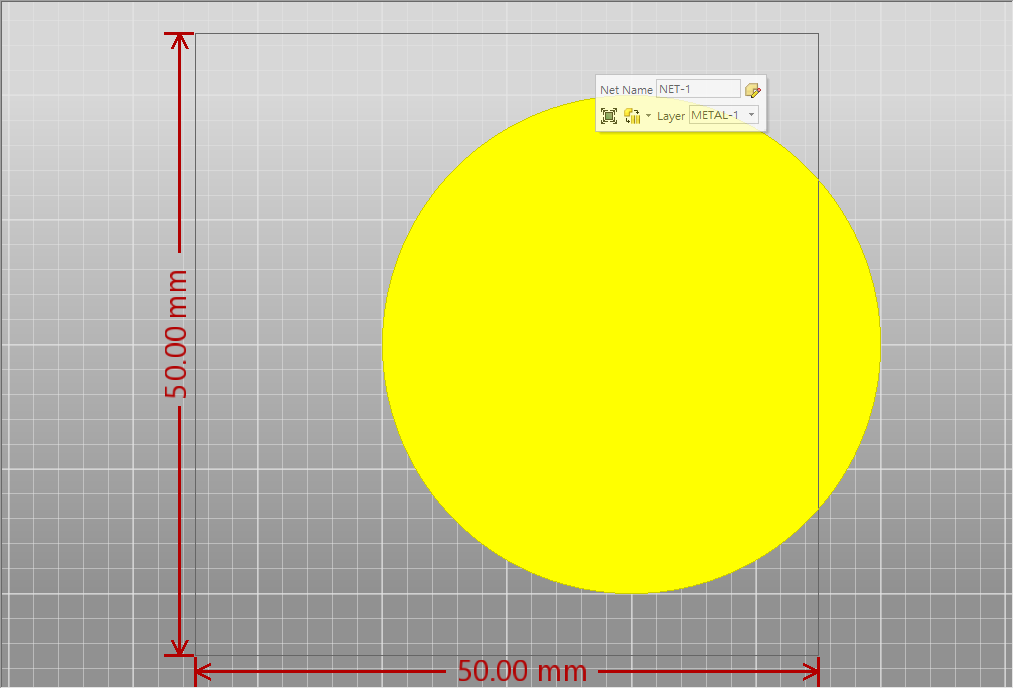Spyder當中直接編輯Classical AEDT API代碼,pip install pypiwin32
from win32com import client
oApp = client.Dispatch("Ansoft.ElectronicsDesktop.2022.1")
oDesktop = oApp.GetAppDesktop()
oDesktop.RestoreWindow()
oProject = oDesktop.NewProject()
oDesign = oProject.InsertDesign("HFSS", "HFSSDesign1", "HFSS Terminal Network", "")
oEditor = oDesign.SetActiveEditor("3D Modeler")
oEditor.CreateCylinder(
[
"NAME:CylinderParameters",
"XCenter:=" , "0mm",
"YCenter:=" , "-0.3mm",
"ZCenter:=" , "0mm",
"Radius:=" , "0.282842712474619mm",
"Height:=" , "0.8mm",
"WhichAxis:=" , "Z",
"NumSides:=" , "0"
],
[
"NAME:Attributes",
"Name:=" , "Cylinder1",
"Flags:=" , "",
"Color:=" , "(143 175 143)",
"Transparency:=" , 0,
"PartCoordinateSystem:=", "Global",
"UDMId:=" , "",
"MaterialValue:=" , "\"vacuum\"",
"SurfaceMaterialValue:=", "\"\"",
"SolveInside:=" , True,
"ShellElement:=" , False,
"ShellElementThickness:=", "0mm",
"IsMaterialEditable:=" , True,
"UseMaterialAppearance:=", False,
"IsLightweight:=" , False
])
#oDesktop.QuitApplication()


